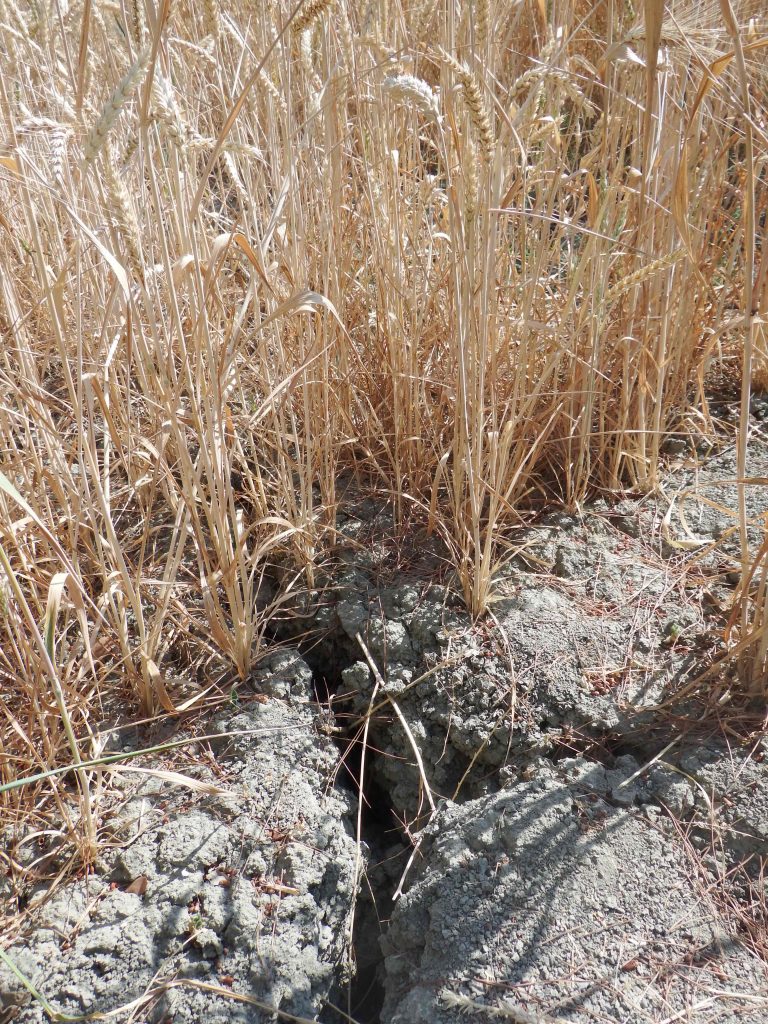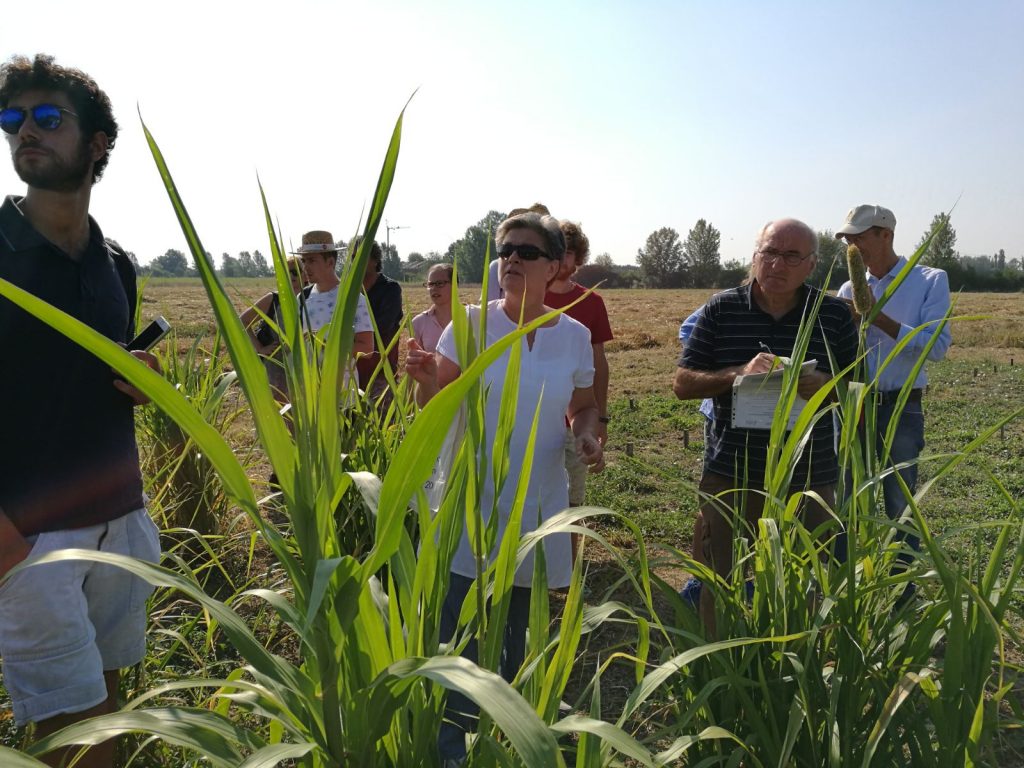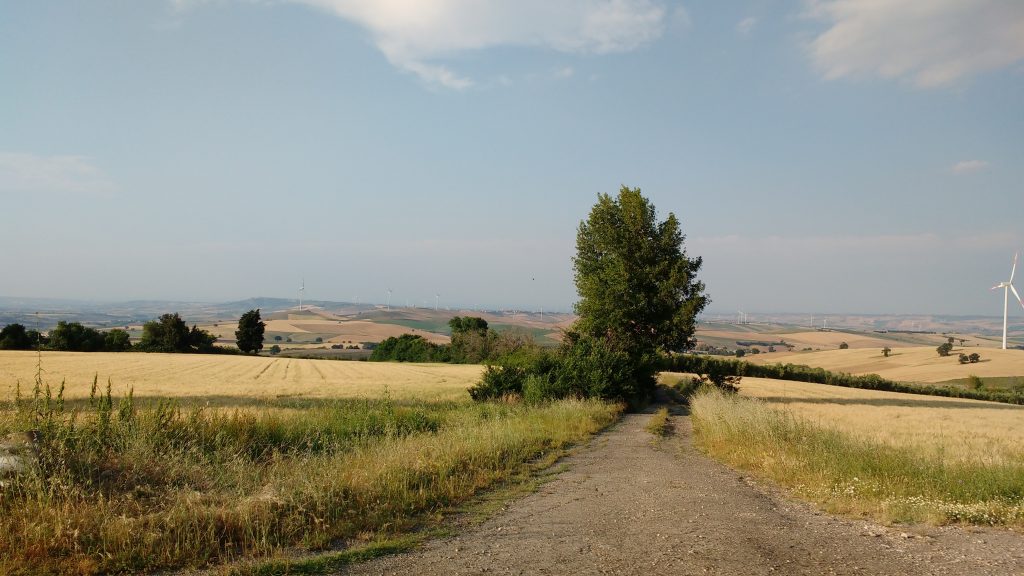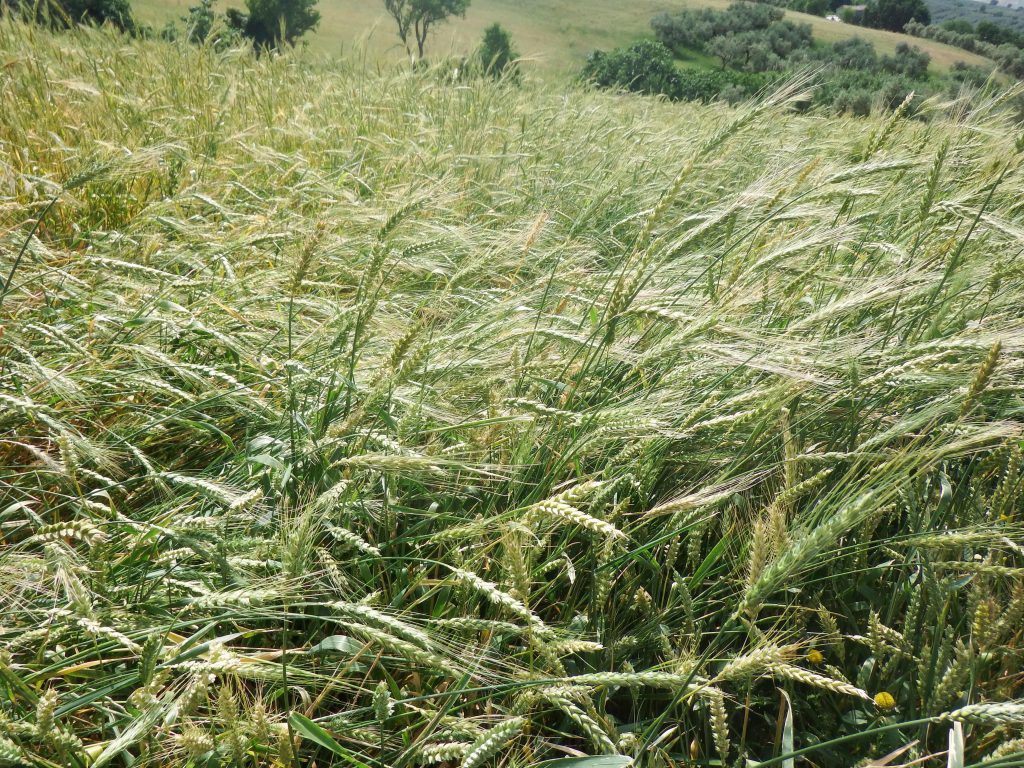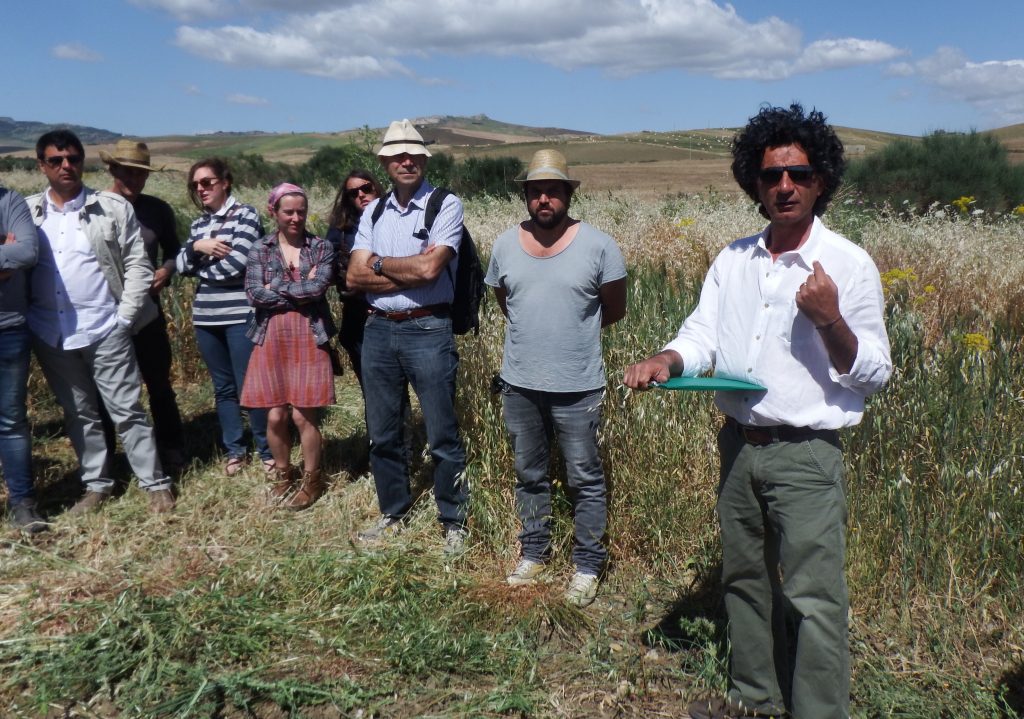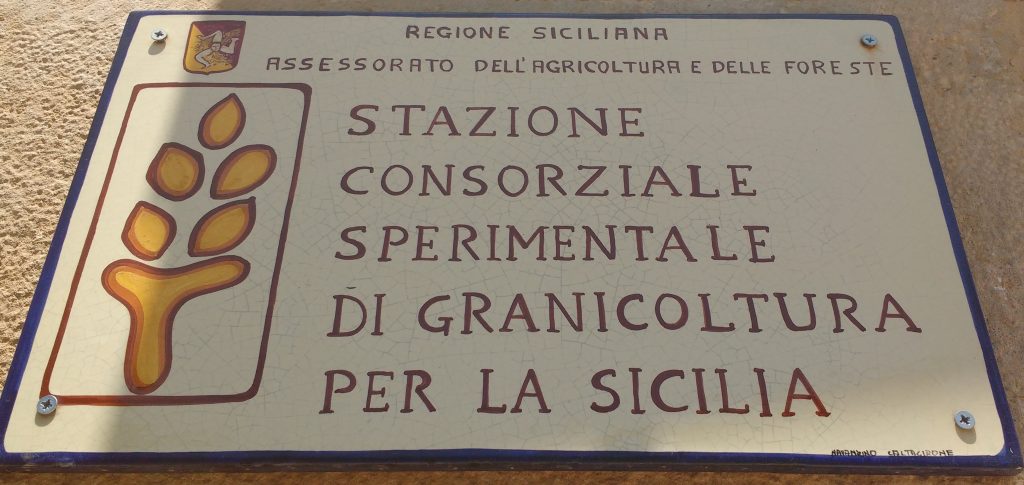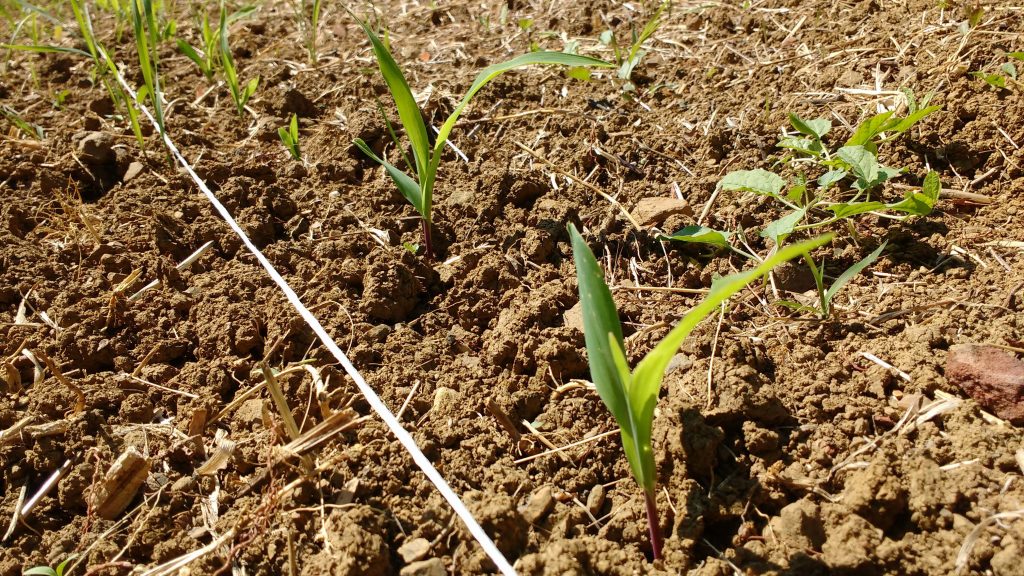SEASONAL RAINFALL AND THERMAL TIME (OCTOBER-JUNE)
Meteorological data collected for the two main locations of the DIVERSIFOOD trials on soft wheat Evolutionary Populations, are compared side by side for the whole period of adaptation of same SOLIBAM soft wheat EP in these two very different regions (Floriddia-Tuscany and Li Rosi-Sicily).
Thermal time (cumulative Growing Degree Days) for Tuscany (Floriddia) and Sicily (Li Rosi). Graph shows a clear warming trend in both locations over the 6 growing seasons period (Oct-June).
Growing seasons’ rainfall (Oct-June) for Tuscany (Floriddia) and Sicily (Li Rosi). Graph highlights high inter-annual variability for both locations, with Sicily being generally dryer than Tuscany. Continue reading “Weather patterns shaping soft wheat Evolutionary Population composition”

